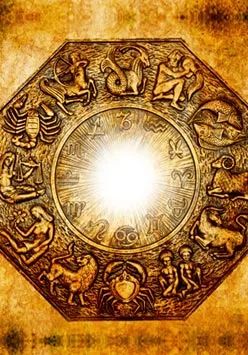Ram Navami 17 April 2024: Significance & Auspicious Time
Lord Rama, who is regarded as Lord Vishnu's 7th avatar, was born on the day of Ram Navami, celebrated on the 9th day of the Hindu lunar year, generally in March or April.
Ram Navami commemorates the birth of Lord Rama to King Dasharatha of Ayodhya. During the reign of King Dasharatha, Ayodhya reached a period of unparalleled prosperity. Dasharatha, however, had a big problem: he had no children. He then decided to carry out a sacred sacrifice, which was performed with utmost accuracy by a very holy man.
Claim your unique 30 page FREE Horoscope by filling the form below. We follow Vedic Astrology principles & methods for highly accurate reading.
At the time, Ravan, the ruler of Lanka, was tormenting the general public and everyone yearned to be freed from his terror. Being granted the boon by God Brahma that he would never die at the hands of gods, demigods or demons allowed Ravan to amass enormous power. As he had no fear of others, he did not bother to add humans to his list of possible sufferers.
Brahma thus predicted that Ravan would die at the hands of a human.
The gods then went to Vishnu and requested that he be born in the wombs of King Dasharatha's three queens in four distinct degrees of divinity. As a result, when King Dasharatha had made his sacrifice, a shining figure emerged above the sacrifice kund and presented the king with a divine drink known as ‘payasam,’ which he was to give to his queens Kausalya, Kaikayi and Sumitra.
In due course, Sumitra gave birth to Laxman and Shatrugna, Kaikayi to Bharat and Kaushalya to Rama. Because Rama was born around noon on the bright ninth day of Chaitra, he is regarded as ‘the light of the self’ and is said to be Lord Vishnu's seventh incarnation.
By putting ‘Dharma’ (appropriate conduct) above ‘Adharma’ (inappropriate conduct), this event symbolizes the triumph of good over evil.
This festival, which takes place on the ninth day of the month of Chaitra's bright half (Shukla Paksha), falls within the spring festival of Chaitra Navaratri. According to the Gregorian calendar, it always occurs in March or April.
Ram Navami 2024: 17 April
Puja Muhurta (Auspicious Time): 11:03 AM to 1:38 PM
Note: Valmiki, the father of Sanskrit classical poetry, wrote Rama's legend during the fourth century B.C. The epic, known as the Ramayana, is attributed to Rama, who is said to have lived in the seventh or eighth century B.C.
Puja Vidhan (Process)
- Clean your house.
- Set up a new Lord Rama idol or a picture of Ram Darbar, and purify them with holy water from River Ganga.
- Use flowers, rangoli and other decorations to spruce up your home.
- Apply sandalwood, kumkum paste and tilak.
- Light an incense stick and pure ghee lamp in front of the idol.
- Worship Lord Ganesha.
- Perform Puja by reciting the Ramayan Path, Shri Ramcharitramanas and Shri Ram Raksha Stotram in addition to Sthapana.
- Fast according to your own choice and desire.
- A satvik dinner can be eaten at night while keeping a full-day fast.
- After Arti and the distribution of food, Puja will be over.
How is Ram Navami celebrated arcoss the Subcontinent?
It is celebrated on the ninth day of Chaitra (Vasanta) Navaratri, which should not be confused with the more known autumn Navaratri.
This festival is celebrated with devotional songs (bhajan), puja, fasting, and reading stories of Rama's life. It's a significant festival in specific places like Ayodhya, Rameswaram, Bhadrachalam, and Sitamarhi. They organize chariot parades called Rath-yatras and some people mark it as the wedding anniversary of Rama and Sita.
In Rama's life story, Lord Hanuman, Lord Lakshman and Goddess Sita are given prominence. Lord Surya is also revered in some places since it is said that Lord Rama is descended from Surya (Suryavansham).
Some Vaishnavite groups commemorate Rama and read the Ramayana on the complete nine days of Chaitra (vasanta) Navaratri, with temples hosting special Ramayana discourses. The devotees get meals and enjoy the gatherings and for many Hindus, it is a time to reflect on ‘dharma’.
This is the day when preparations for the annual Jagannath Ratha Yatra in Odisha and Jharkhand begin.
What is the astrological significance of Ram Navami?
- During Ram Navami, the Moon is in Punarvasu (Jupiter's Nakshatra) and the Sun is in Pisces (Jupiter's sign), both of which are associated with the pious planet Jupiter.
- Moon in Punarvasu Nakshatra signifies regeneration and the repeating of patterns, so make good decisions and show kindness to everyone you come in contact with.
- Choose pleasure over sadness, compassion over rudeness and positivity over negativity.
- This year's Ram Navami festival is favored by three planetary conjunctions in Pisces: the Sun, Jupiter and Mercury.
- This year, Chandra Mangal yoga forms in Gemini, which is a beneficial yoga, therefore be compassionate and adhere to the path of truth and righteousness.
What is the spiritual essence of Ram Navami?
Lord Rama, the eternal light, dawns within you when you turn your senses inward when your mind is tranquil and free from conflict and that is when you may access the essence of his name.
Our five senses — ears, eyes, skin, tongue, and nose — are how we perceive things. We use these five elements, which are intended for our enjoyment. However, when we become hooked on worldly pleasures, we attract sorrow and suffering, whereas when we let go and remain positive, we may embrace it and find happiness and freedom.
What is the mythological significance of Ram Navami?
- King Dasharath's three queens, Kaushalya, Sumitra and Kaikeyi gave birth to Lord Rama, Lakshman, Shatrugna, and Bharat after performing the sacred ritual known as Putra Kameshti Yagna, as instructed by the great Sage Vashisth.
- According to legend, Rama and Kama don't go together because where Rama resides, Kama, the desire, is supposed to be nonexistent.
- Rama's brothers and associates are examples of persons who led dharmic lives. Dasharatha represents the physical body, the three queens - the three tatwas; Satvik, Rajsik and Tamasik, and the four sons the four life objectives Dharma (Right conduct), Artha (Wealth), Kama (Desire), and Moksha (liberation).
- Sugriva is the discrimination, Vali is despair and Hanuman is the epitome of courage.
- Ravana, Kumbhakarna and Vibhishana symbolize passion, laziness and serenity respectively.
- Goddess Sita represents universal consciousness.
What are some of the most important life lessons taught by Lord Rama?
Lord Ram is also known as Maryada Purushottam, the personification of the ideal man, and devotees pray to him to show them the right path in life and conduct. Let's look at some life lessons that we can all take away from Lord Rama's life on this auspicious occasion of Rama Navami:
- Uphold our parents' honor by acting accordingly.
- Maintain unwavering love and respect for our mother.
- Representation of the ideal brother, one who supports his siblings in all circumstances.
- An example for upholding ‘dharma’.
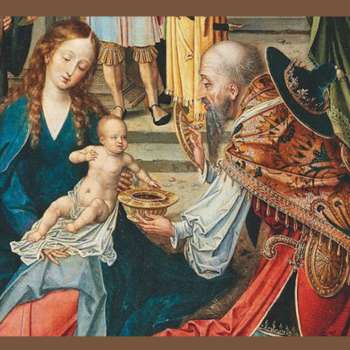
Astrology Portrait Report
What is the first impression that you give to others? It’s a different thing that this impression may be quite a contrast to how they come to eventually discover you as a person, as they get to know your layer more
2026 Horoscope Reports
Translate





 The Hindu Almanac as your wrist Watch
The Hindu Almanac as your wrist Watch
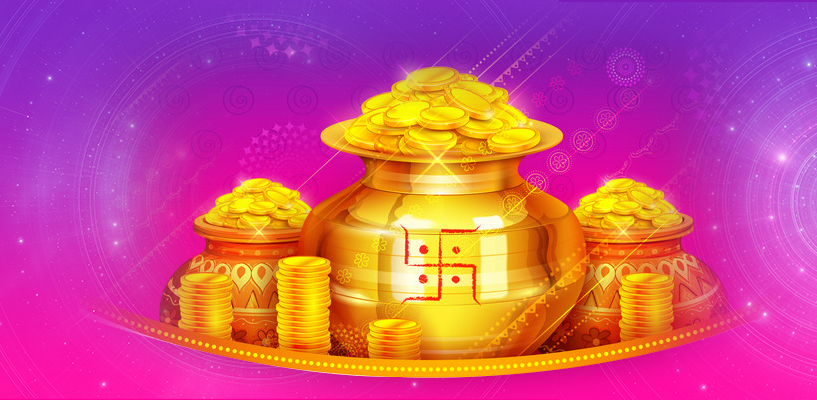 Akshaya Tritiya: The Spring Festival of Prosperity
Akshaya Tritiya: The Spring Festival of Prosperity
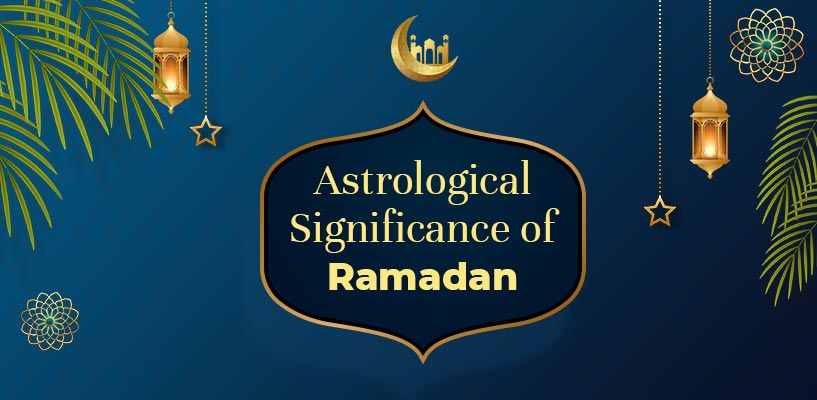 Astrological Significance of Ramadan
Astrological Significance of Ramadan
 The Auspicious Nine Gemstones For the Divine Nine Deities of Navratri
The Auspicious Nine Gemstones For the Divine Nine Deities of Navratri
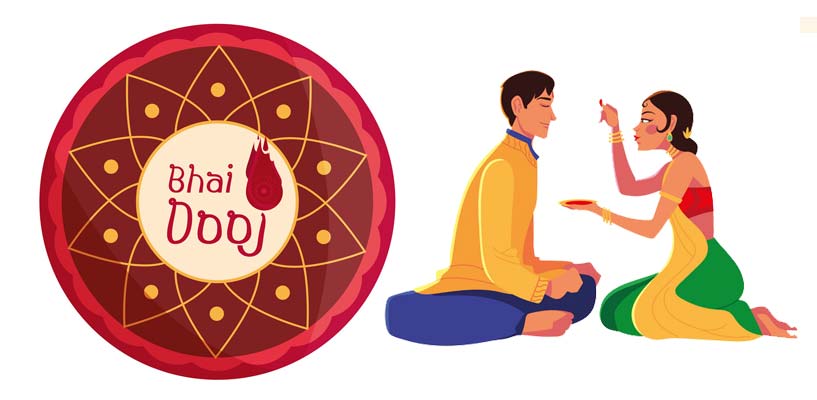 Bhai Dooj: Auspicious Time, Rituals, Customs, History
Bhai Dooj: Auspicious Time, Rituals, Customs, History
